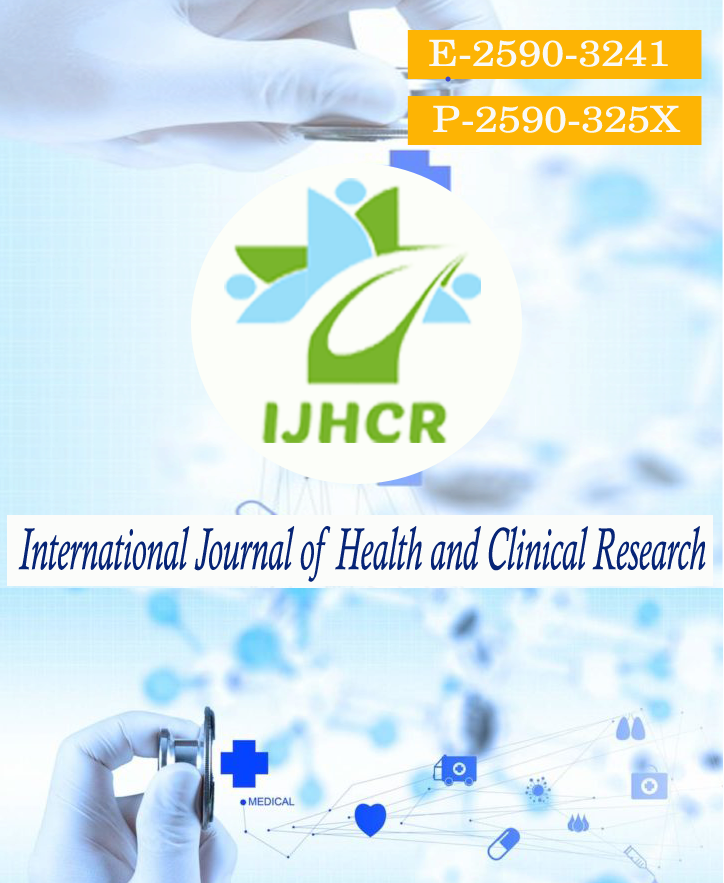Morphometry of Nose in Indian Population: A Feature That Could be Useful in Identification
Keywords:
Indian, Identification, Cross-Sectional, Nasal, Index.Abstract
Background: The anthropometry of nose has a unique point in the identification in the field of forensic medicine. There are different types of classification based on this calculation. This is very useful in identification in the field of forensic medicine as there are only a handful number of studies and has never been done in this population. It is said that the geography and the behavior of the population also influences the measurements. This study puts in an effort to find the nasal index and morphometry of nose in this part of the world. Methods: This study is done in the Department of Forensic Medicine, JNUIMSRC, Jaipur from October 2020 to June 2021. Two hundred seventeen subjects were involved for the study.Results: The mean nasal index measurements in the subjects were found to be 74.80 with a standard deviation of ±2.68. Conclusion: This work is intended to be very helpful for the practicing Forensic Medicine Specialists and also practicing plastic surgeons in this area.
Downloads
Published
How to Cite
Issue
Section
License
Copyright (c) 2021 Pankaj Verma, Abhishek Varun, Chandra Shekhar Waghmare, Divyesh Saxena

This work is licensed under a Creative Commons Attribution 4.0 International License.






 All articles published in International Journal of Health and Clinical Research are licensed under a
All articles published in International Journal of Health and Clinical Research are licensed under a 